Understanding the concept of time is a fundamental cognitive milestone for preschoolers. While it is an important skill to learn, preschoolers may not be able to grasp the intricacies of hours and minutes immediately. Introducing time concepts at an early age sets a strong foundation for their cognitive and organisational skills. Teaching time to preschoolers can be both engaging and educational when approached through interactive and fun activities.
Incorporating time activities for preschoolers helps them understand daily routines, sequences, and the passage of time in a meaningful way. These activities are designed to make learning about time for kids an enjoyable experience, fostering both curiosity and comprehension. In this article, we will explore various clock activities for preschoolers that educators and parents can use to introduce the concept of time effectively.
Understanding Time Concepts
One of the first steps in teaching about time is helping children understand the basic time concepts, such as morning, afternoon, evening, and night. Visual aids like picture cards and storybooks can be useful in illustrating these concepts. For example, educators can use a sequence of images showing different times of the day and ask children to identify what activities they usually do during those times. This approach not only reinforces the understanding of time but also helps in developing their sequencing skills.
Interactive Clock Activities
Introducing clocks to preschoolers can be a fun and interactive way to teach them about time. One activity involves using a large, colourful clock with movable hands. Children can take turns moving their hands to match specific times called out by the teacher or parent. This hands-on experience helps them understand how the position of the clock’s hands corresponds to different times.
Another engaging activity is the “Time Bingo” game. In this game, children are given bingo cards with different times displayed on clocks. The teacher or parent calls out a time, and the children mark the corresponding time on their bingo cards. This game not only makes learning about time fun but also enhances their ability to recognise different clock times quickly.
Integrating Time into Daily Activities
Incorporating time activities for preschoolers into their daily routines is another effective way to teach time concepts. For instance, during snack time, parents can set a timer and explain how long the snack time will last. Children can then observe the timer and learn to associate the passage of time with the duration of an activity. Similarly, during playtime, educators can use a sand timer to indicate how long each activity will last, helping children develop a sense of time management.
Storytime can also be an excellent opportunity to introduce time concepts. Parents and teachers can choose storybooks that emphasise the sequence of events throughout the day. By discussing the sequence of events in the story, children can better understand the concept of time and how it relates to their daily activities.
Utilising Technology for Time Learning
With the advent of technology, there are various digital tools available to aid in teaching time to preschoolers. Interactive apps and online games can make learning about time for kids both fun and educational. These digital tools often feature colourful animations and interactive elements that engage young learners and keep their attention. Parents and teachers can select age-appropriate apps that focus on time concepts and clock reading skills, allowing children to learn at their own pace.
Using technology also allows for the introduction of complex time-related concepts in a simplified manner. For instance, virtual clocks with adjustable hands can help children visualise how different times are represented on a clock face. Additionally, many educational websites offer printable resources, such as worksheets and flashcards, that can be used to reinforce learning more tangibly.
Encouraging Curiosity and Exploration
Fostering a sense of curiosity and exploration is crucial when teaching time to preschoolers. Encouraging children to ask questions about time and explore different time-related activities can enhance their understanding and retention of the concepts. For example, parents and teachers can create a “Time Exploration Corner” in the classroom or home, where children can interact with various time-related objects, such as clocks, timers, and hourglasses.
In this corner, children can experiment with setting different times on clocks, observing how timers work, and exploring the concept of elapsed time with hourglasses. By providing opportunities for hands-on exploration, educators and parents can make the learning process more engaging and enjoyable for children.
Teaching time to preschoolers is a vital aspect of their cognitive and organisational development. By incorporating time activities for preschoolers, such as daily schedule charts and interactive clock games, children can develop a strong foundation in understanding time. These activities make learning about time fun and engaging and help children develop important life skills.
At Mother’s Pet Kindergarten, we believe in the importance of early childhood education and the role it plays in shaping a child’s future. Our dedicated educators are committed to providing a nurturing and stimulating environment where children can explore and learn about various concepts, including time. By introducing playful time activities, we aim to make learning an enjoyable experience for every child.
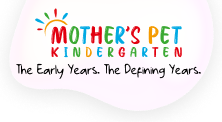




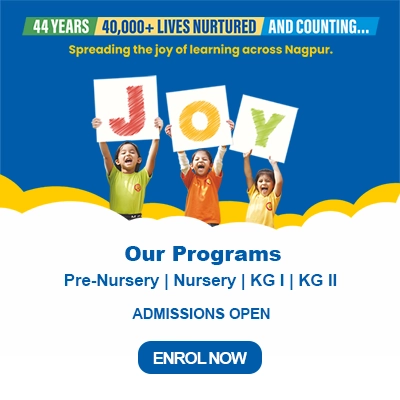
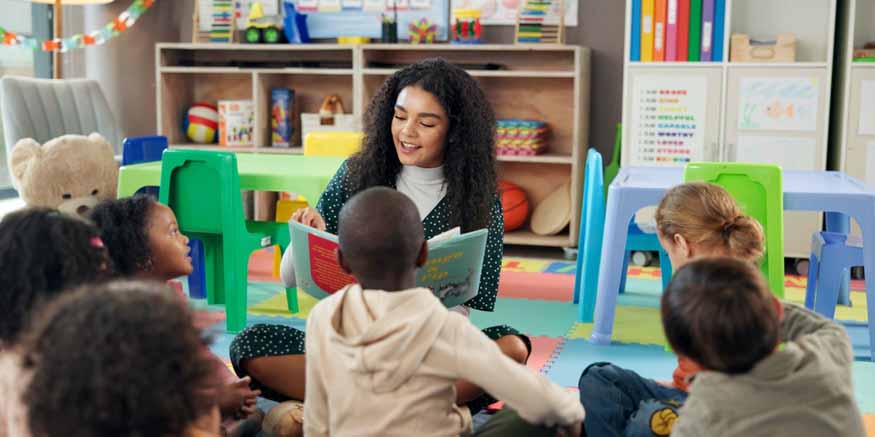
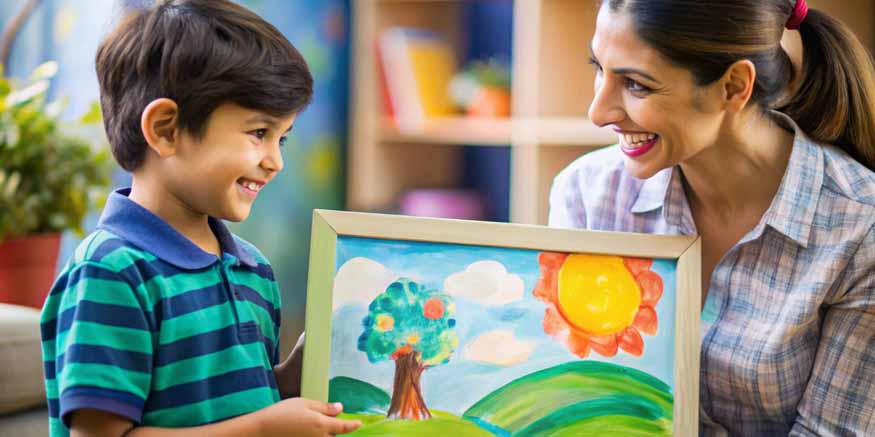
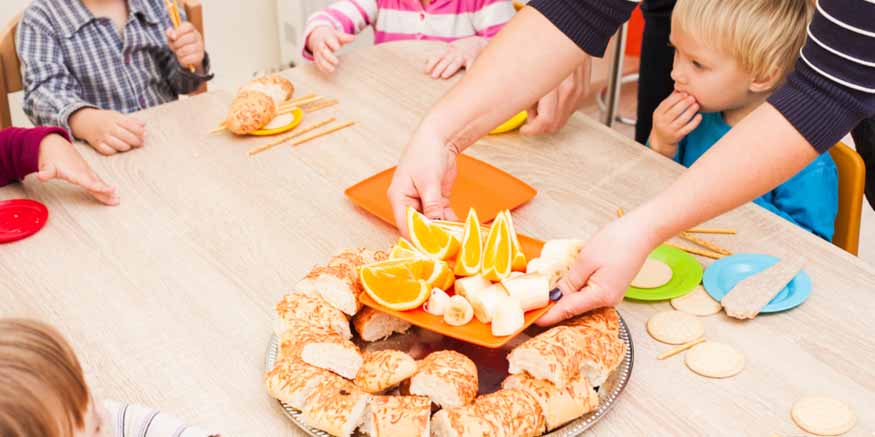
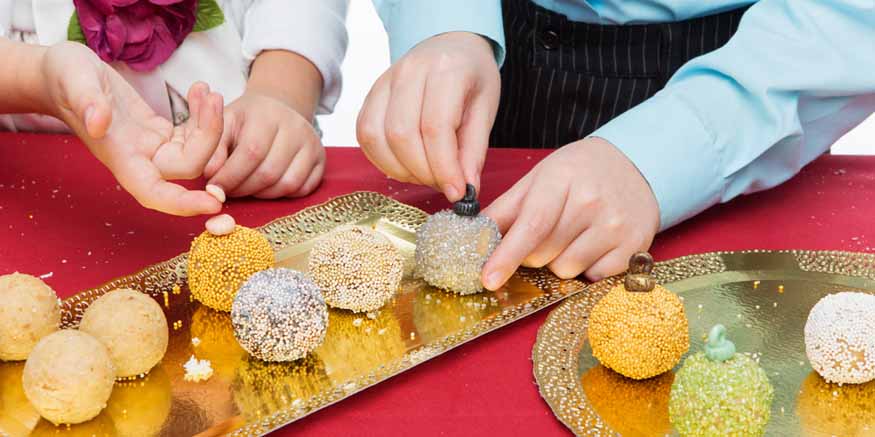
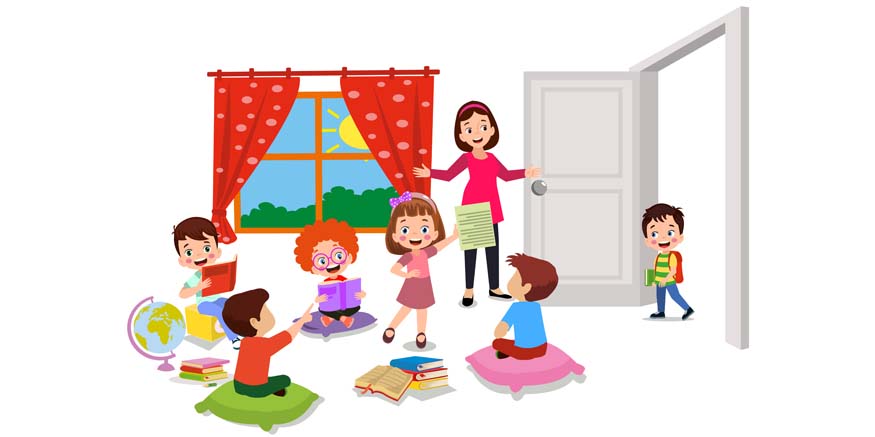

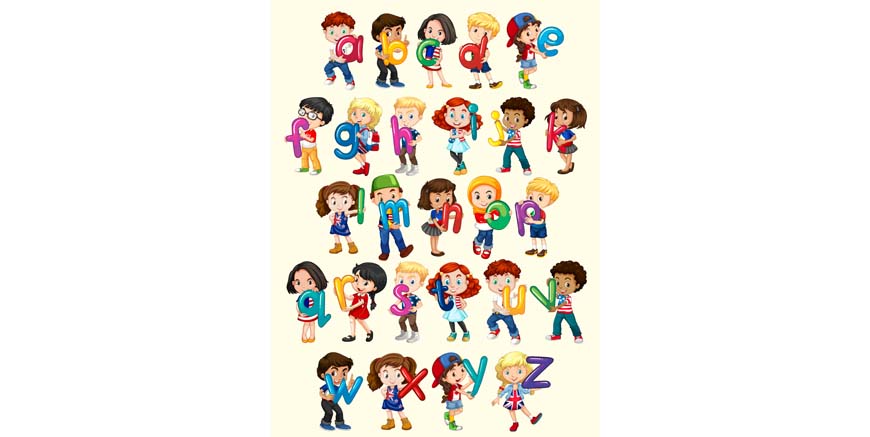
Recent Comments